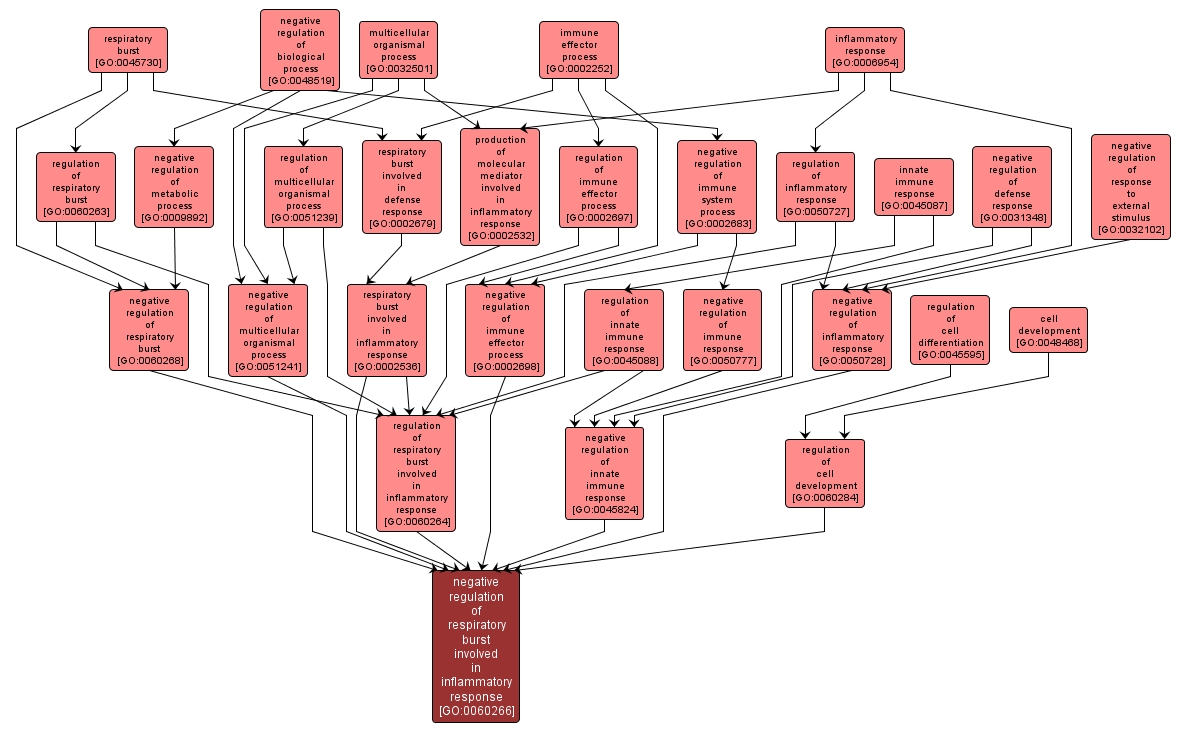| Desc: |
Any process that decreases the rate, frequency or extent of a phase of elevated metabolic activity, during which oxygen consumption increases made as a defense response ; this leads to the production, by an NADH dependent system, of hydrogen peroxide (H2O2), superoxide anions and hydroxyl radicals. |














